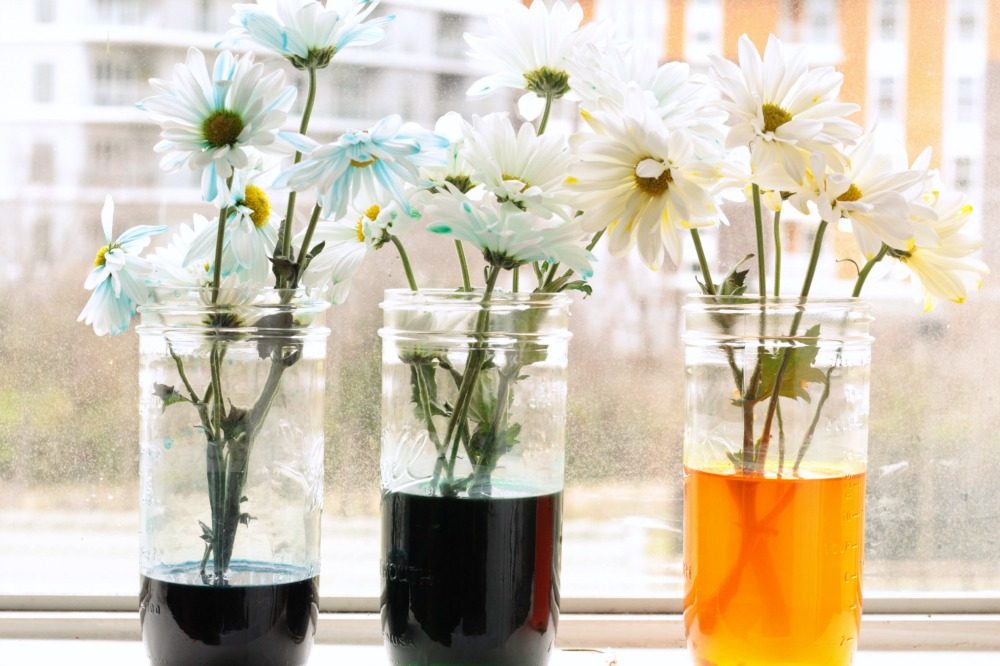Flowers are changing colors thanks to climate change researchers have found that increasing temperatures and the deteriorating ozone layer affect uv radiation flowers try to adapt by changing their pigmentation

Flowers Are Changing Colors Thanks to Climate Change

Climate change is an undeniable reality that continues to shape our planet in various unexpected ways. One such impact can be seen in the transformation of flower colors. Researchers have discovered that increasing temperatures and the deteriorating ozone layer have a significant effect on the ultraviolet (UV) radiation reaching the Earth’s surface. As a result, flowers are attempting to adapt to these changes by altering their pigmentation.

The phenomenon of flowers changing colors in response to climate change has caught the attention of scientists and nature enthusiasts alike. The process involves flowers modifying their pigments, which are responsible for their vibrant hues, due to the influence of UV radiation. The increase in UV radiation caused by thinner ozone layers prompts flowers to adapt and protect themselves from excessive radiation exposure.
Researchers have found that an increase in temperature directly impacts the composition of flower pigments. Specifically, higher temperatures affect the production of anthocyanins and flavonoids, two classes of pigments commonly found in flowers. These pigments, responsible for reds, blues, and purples, act as natural sunscreens for the plants. As such, when exposed to higher levels of UV radiation, flowers produce more of these pigments to shield themselves from damage.
Moreover, climate change also affects the availability of pollinators, such as bees and butterflies, which play a vital role in flower reproduction. Changes in flower color may serve as a means of attracting pollinators to ensure successful pollination and reproduction amidst shifting ecological conditions. By altering their pigmentation, flowers strive to maintain symbiotic relationships with their pollinators.
It is important to note that these color changes are not instantaneous. They occur over generations as a result of natural selection and genetic adaptation. These adaptations present a fascinating and vibrant symphony of color in our environment while also serving as a reminder of the ongoing effects of climate change.
In conclusion, the impact of climate change on flowers goes beyond aesthetic appeal. The changing colors of flowers represent the plant kingdom’s inherent ability to respond and adapt to the challenges posed by a changing environment. As researchers continue to study this phenomenon, it reminds us of the interconnectedness of all living beings on our planet and the urgent need to address climate change to preserve our delicate ecosystems.
Source: Smithsonian Magazine
Related Posts
Quick Links
Legal Stuff

